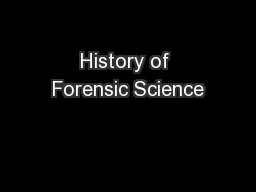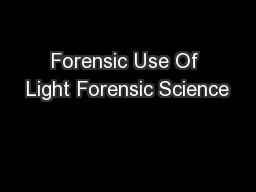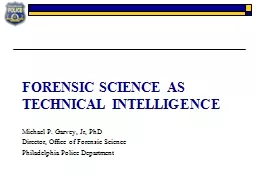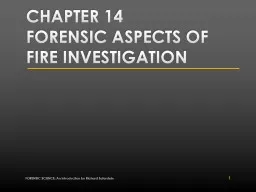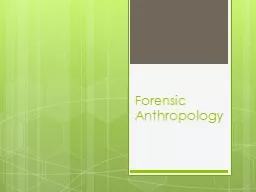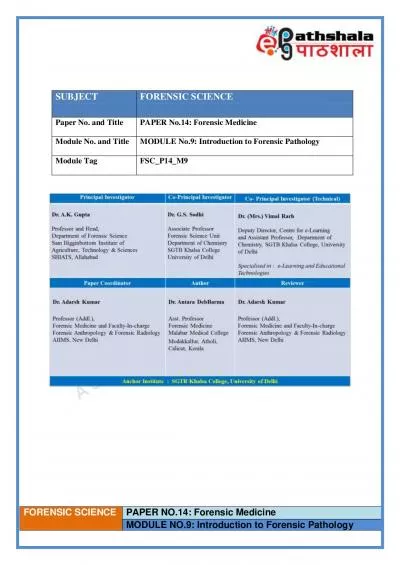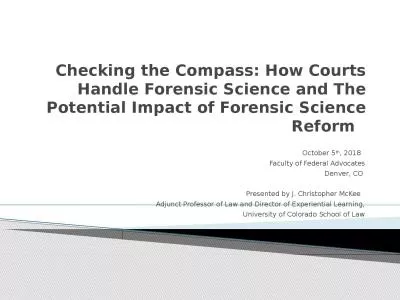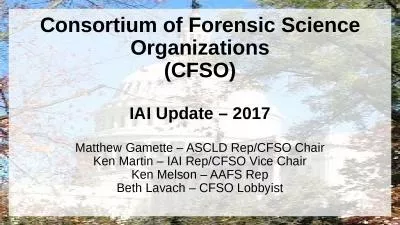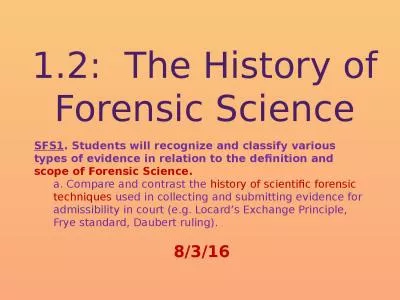PPT-Forensic Science Forensic Biology
Author : mastervisa | Published Date : 2020-06-23
Time of Death What happens once a body is found Medical examiner or coroner must pronounce the person dead Photographs are taken of body in situ in position found
Presentation Embed Code
Download Presentation
Download Presentation The PPT/PDF document "Forensic Science Forensic Biology" is the property of its rightful owner. Permission is granted to download and print the materials on this website for personal, non-commercial use only, and to display it on your personal computer provided you do not modify the materials and that you retain all copyright notices contained in the materials. By downloading content from our website, you accept the terms of this agreement.
Forensic Science Forensic Biology: Transcript
Download Rules Of Document
"Forensic Science Forensic Biology"The content belongs to its owner. You may download and print it for personal use, without modification, and keep all copyright notices. By downloading, you agree to these terms.
Related Documents


